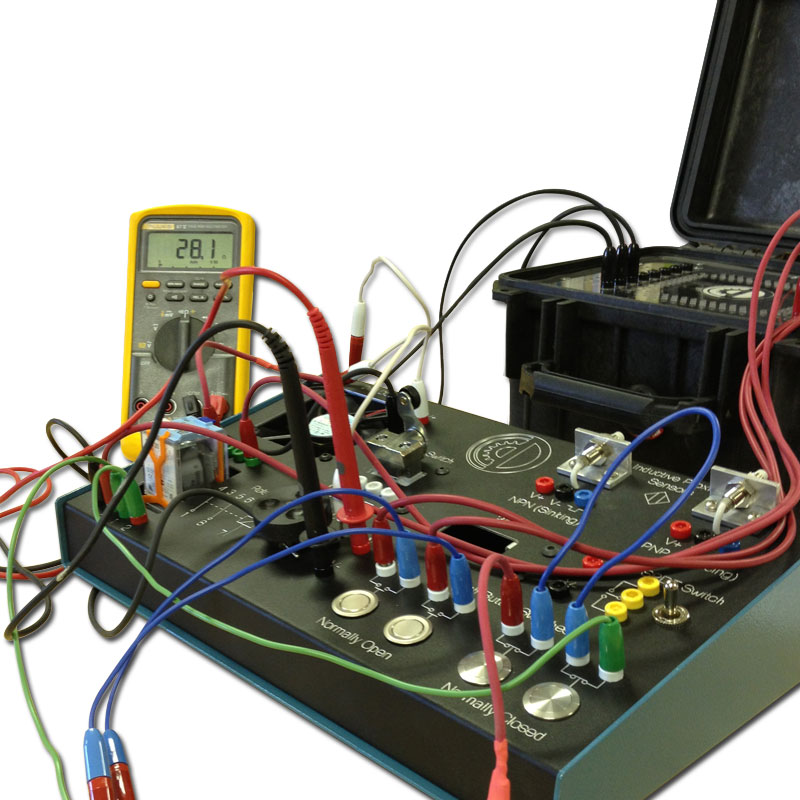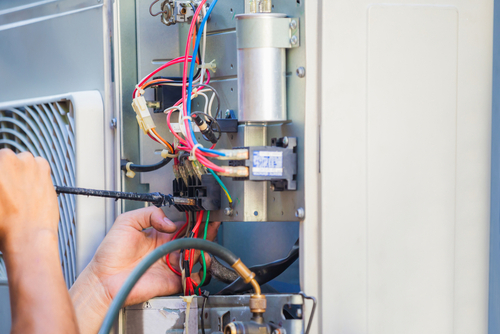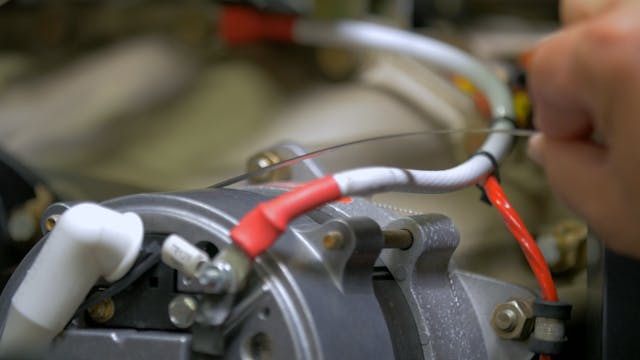Navigate regulations through reliable regulatory compliance assistance.
Wiki Article
Top Tips for Effective Electric System Troubleshooting
Troubleshooting electric systems requires a systematic technique, based in a thorough understanding of electrical principles and safety and security protocols. By acquainting oneself with circuit components, making use of important devices, and adhering to a structured examination method, experts can properly identify and fix concerns. The nuances of efficient troubleshooting prolong past plain technological knowledge; recognizing how to document findings and prioritize security can considerably affect end results. As we discover these critical elements even more, it ends up being clear that mastering this procedure is not simply helpful however crucial for success in the area.Understand the Basics
Recognizing the fundamentals of electrical systems is vital for efficient troubleshooting, as a solid foundation allows technicians to identify and deal with concerns much more efficiently. A comprehensive grasp of electric concepts, such as voltage, existing, resistance, and power, is critical in recognizing the origin causes of issues. Voltage is the electrical possible distinction that drives current via a circuit, while resistance opposes the flow of current, affecting the general functionality of the system.Familiarity with circuit parts, including resistors, capacitors, diodes, and switches over, is also extremely important. Each component plays a distinctive duty in circuit behavior and can affect performance when malfunctioning. In addition, comprehending series and identical circuit arrangements is vital, as these plans affect the circulation of voltage and current within the system.
Service technicians have to be aware of potential risks, such as shock and short circuits, to execute secure troubleshooting methods. By understanding these fundamental ideas, service technicians improve their ability to perform efficient diagnostics and repair services, eventually leading to enhanced performance and reliability of electrical systems (electrical system troubleshooting).
Gather Necessary Tools
Efficient troubleshooting of electrical systems calls for the best collection of devices to identify and fix issues accurately. Crucial devices include a multimeter, which gauges voltage, present, and resistance, enabling for accurate evaluations of electric parts.Additionally, shielded hand devices such as screwdrivers, pliers, and wire strippers are crucial for securely adjusting electrical connections. It is additionally a good idea to have a circuit tester on hand to confirm the presence of voltage in electrical outlets and cables. For more facility systems, a thermal imaging video camera can help identify overheating elements, showing potential failures.

Comply With a Methodical Method
Having collected the ideal devices, the next action in repairing electric systems is to comply with an organized technique. A methodical technique guarantees that specialists can determine faults efficiently and accurately, decreasing downtime and stopping unneeded repairs.Begin by assessing the system's schematic layouts and specifications. This involves checking each component systematically, beginning from the power source and working in the direction of the tons.
Utilize regulatory compliance assistance screening tools, such as multimeters and oscilloscopes, to collect unbiased information regarding voltage, present, and resistance at various factors within the system. This empirical evidence will direct your troubleshooting efforts and help to confirm or eliminate potential root causes of failure.
In addition, think about environmental factors that may affect the system's performance, such as temperature changes or moisture access. A comprehensive assessment of wiring, links, and elements will guarantee that all possibilities are accounted for.
Paper Your Findings
Detailed documentation is essential in the fixing process of electrical systems. Exact records improve the efficiency of determining recurring problems and facilitate interaction among staff member. Each finding should be thoroughly kept in mind, including signs observed, examinations conducted, and the results of those examinations. electrical system troubleshooting. This practice not just aids in understanding the root reason of the trouble but likewise acts as a referral for future fixing initiatives.
Furthermore, preserving a log of parts replaced or repair services done is important. This information sustains inventory monitoring and can assist analyze the durability and dependability of particular components.
Ultimately, the documents procedure must be complete yet concise, enabling very easy retrieval and evaluation - electrical system troubleshooting. By focusing on detailed documentation, technicians can develop a beneficial expertise base that not only aids in existing troubleshooting however also equips future maintenance initiatives, thus enhancing overall system integrity

Prioritize Safety And Security Measures
Recognizing the intrinsic threats related to electrical systems is essential for ensuring safety during troubleshooting. Electrical shock, burns, and devices damage are simply a few of the prospective dangers that professionals face. Prioritizing safety and security measures is not only a legal responsibility however likewise an ethical critical that safeguards both the technician and the surrounding setting.Prior to starting any type of troubleshooting job, specialists ought to put on suitable personal protective equipment (PPE), consisting of shielded gloves, security glasses, and flame-resistant clothing. Guaranteeing that the workplace is completely dry and complimentary of clutter can substantially minimize the danger of accidents. It is necessary to de-energize circuits prior to beginning any job, confirming that they are not live with the usage of a multimeter or voltage tester.
Establishing clear interaction protocols with group participants is likewise vital; this makes certain that everybody is aware of prospective dangers and the standing of the electric system being functioned on. Lastly, having an emergency reaction plan in location can verify vital in case of a case. By prioritizing precaution, technicians can properly alleviate dangers and foster a much safer work environment.
Final Thought
Effective electrical system repairing relies on a comprehensive understanding of basic principles and a systematic approach. Prioritizing safety and security steps ensures the wellness of individuals entailed and the integrity of the electric system.Report this wiki page